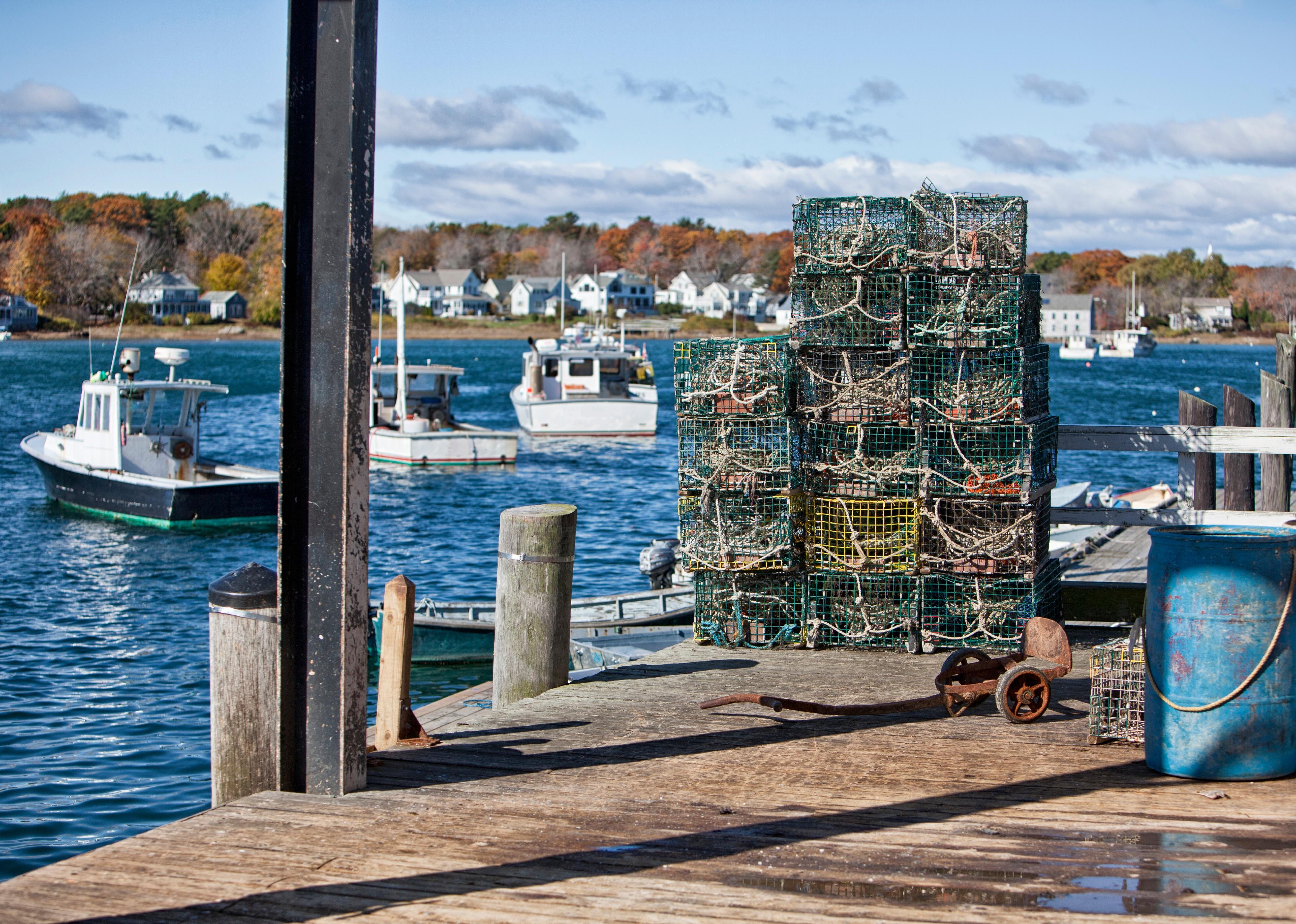
Changing the ocean ecosystem: How climate change has affected Maine
Changing the ocean ecosystem: How climate change has affected Maine
The latest United Nations Intergovernmental Panel on Climate Change (IPCC) report is yet another reminder of the dire effects of climate change. While climate projections often look to the future when discussing the worst impacts of climate change, we are in fact already experiencing its effects across the United States. To better understand how climate change is impacting the country, Stacker compiled a list of the impacts of climate change in every state, using local and national news stories, government reports, and scientific journal articles.
While these impacts are weather-related—for example, heat waves, droughts, or storms—individual weather events cannot be attributed to climate change on their own. Rather, it is when these events are seen within larger trends that they can be understood as part of a pattern that has come out of the changing climate.
Keep reading to learn about how your state has been impacted by climate change, or read the national story here.
Maine: Changing the ocean ecosystem
The Gulf of Maine, located at the convergence of two major ocean currents with shallow water, is especially susceptible to warming. In fact, it is currently warming faster than 99% of global oceans. This has become a problem for Maine's ocean ecosystem as warming waters could cause cod habitat to shrink by 90% by 2100, lobster populations to move up to 200 miles north, and allow invasive species like black sea bass to move into Maine's waters.
Across the country, there are trends of rising temperatures, storms of increasing frequency and severity, and more erratic precipitation patterns, causing disruptions to the food systems and sometimes even resulting in death. While the U.S. government has set a target to reduce greenhouse gas emissions by at least 50% by 2030, it is clear that the climate emergency is already taking place, and along with emissions reductions, mitigation of the impacts of climate change must be prioritized as well.
Read below to see how other states in your region have been affected by climate change.
New Hampshire: Increased coastal flooding
Because of a sea level rise due to climate change, there are already many people living in New Hampshire's coastal communities who are seeing increased coastal flooding. This will only get worse in the coming years. By 2045, 2,000 current residential properties, where around 3,000 people reside, will be at risk of chronic flooding. This is around $645 million worth of property.
Vermont: Less maple syrup
Because of the warmer and drier growing seasons that are a result of climate change, sugar maple tree growth has become stunted. Maple trees need to reach a size of at least 10 inches in diameter at chest height in order to be tapped, and if the trees do not have the conditions to grow large enough, maple syrup producers could see their output dry up. As America's largest producer of maple syrup, Vermont will be impacted by this problem. However, farmers are adapting. Because sap needs temperatures below freezing at night and above freezing during the day in order to flow from the taps, sugaring season, which used to begin around March, has now been starting in January because the weather is warmer earlier.



